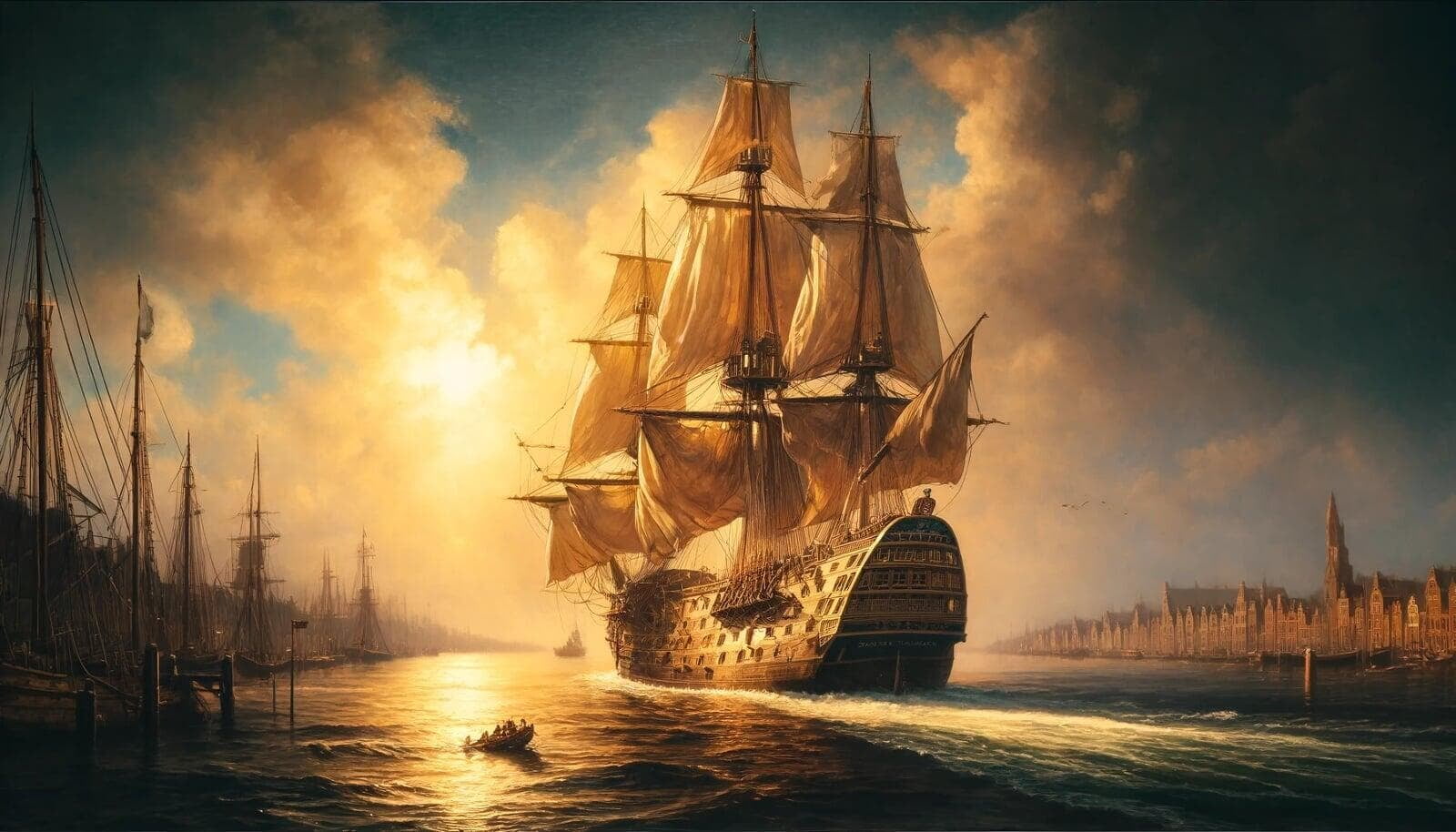Rotterdam, nestled in the heart of Europe's bustling maritime routes, stands as a testament to engineering prowess, strategic foresight, and relentless ambition. Its journey from a modest 13th-century fishing village to becoming Europe's largest and one of the world's most efficient and technologically advanced ports is a compelling narrative of human endeavor and strategic importance. This article delves into the pivotal factors and historical milestones that have cemented the Port of Rotterdam's status as a linchpin in global maritime trade.
Geographical Advantage.
The Port of Rotterdam owes much of its initial growth and development to its strategic geographical location. Situated at the mouth of the Nieuwe Maas channel, which leads into the Rhine and Meuse rivers, the port serves as a gateway to the vast European hinterland. This prime position enabled the easy transportation of goods to and from the interior of Europe, facilitating trade not only with neighboring countries but also with regions far beyond.
Historical Development.
The foundation for Rotterdam's emergence as a major port was laid in the late Middle Ages when it received city rights in 1340, allowing it to construct a harbor. However, it was the digging of the Nieuwe Waterweg (New Waterway) in 1872 that truly transformed Rotterdam into a port capable of accommodating ocean-going vessels. This direct sea access was a game-changer, enabling the port to handle increasing volumes of cargo and connecting Europe to the rest of the world more efficiently.
Post-World War II Expansion and Modernization.
The devastation of World War II, which left the port in ruins, paradoxically provided an opportunity for modernization and expansion. The post-war reconstruction of Rotterdam was executed with an eye toward the future, emphasizing the creation of state-of-the-art facilities and infrastructures. The introduction of containerization in the 1960s further revolutionized cargo handling, propelling Rotterdam into a new era of shipping efficiency.
Continuous Innovation.
A hallmark of the Port of Rotterdam's enduring success is its commitment to innovation. The port has continually embraced cutting-edge technologies, such as automated container terminals, advanced logistics software, and sustainable energy sources, to enhance its operational efficiency and environmental sustainability. Its forward-thinking approach includes the development of the "Port Vision 2030," which outlines ambitious plans for expansion, digitalization, and becoming a carbon-neutral port.
Economic Significance.
The economic impact of the Port of Rotterdam extends far beyond its docks and quays. It is a vital engine for the Dutch economy, supporting thousands of jobs and contributing significantly to the country's GDP. The port acts as a hub for international trade, logistics, and manufacturing, playing a crucial role in the supply chains of numerous industries.
Challenges and Future Directions.
Despite its achievements, the Port of Rotterdam faces ongoing challenges, including the need to adapt to the evolving landscape of global trade, increasing competition from other ports, and the imperative of environmental sustainability. Addressing these challenges requires continuous innovation and strategic partnerships, both locally and internationally.
The future of the Port of Rotterdam lies in its ability to maintain its competitive edge through technological advancement, operational efficiency, and sustainable practices. By doing so, it can continue to play a pivotal role in the global maritime industry, facilitating trade and economic growth for the Netherlands and Europe at large.
In conclusion, the Port of Rotterdam's rise to prominence is a multifaceted story of strategic location, historical development, relentless innovation, and economic impact. It stands as a beacon of human achievement in the face of challenges, continuously evolving to meet the demands of a changing world. As it navigates the future, its legacy as Europe's premier shipping port is both a foundation to build upon and a challenge to surpass.





